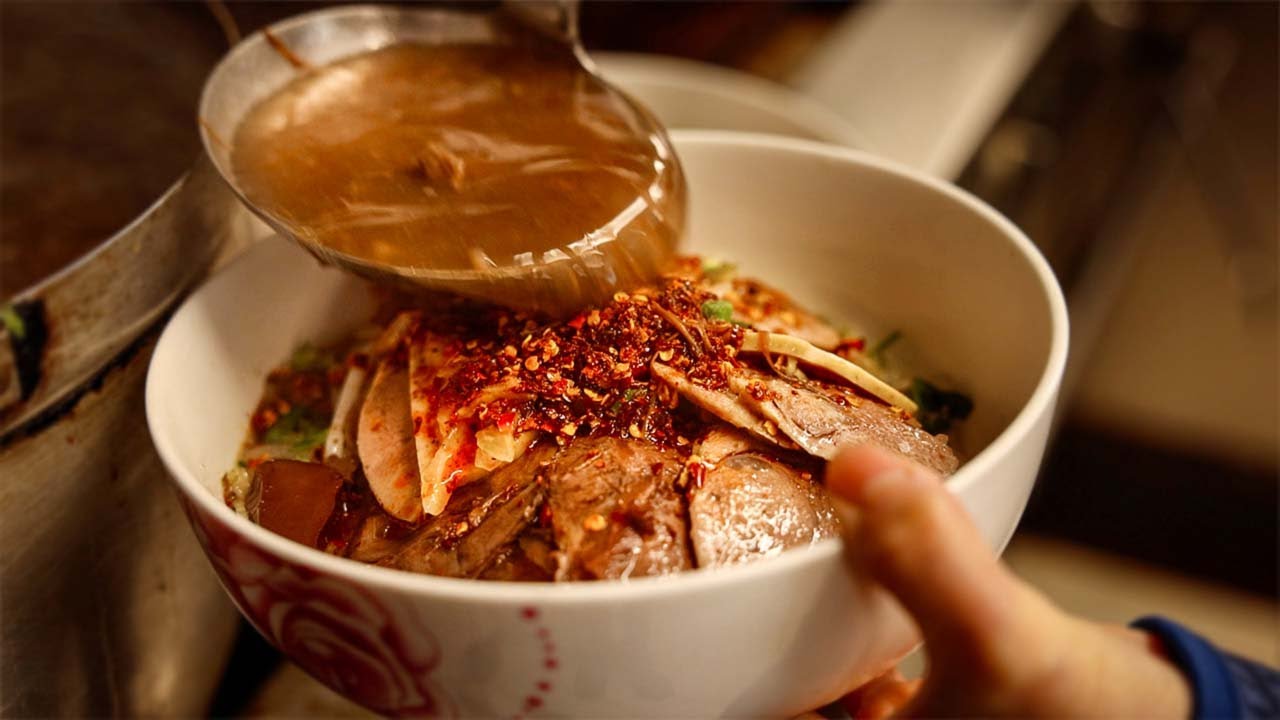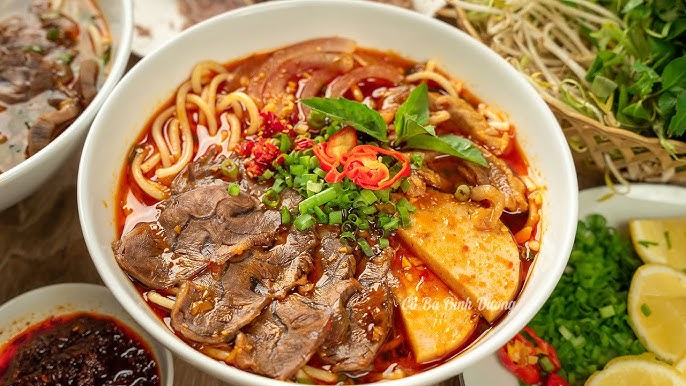Vietnamese cuisine is a splendid tapestry of flavors, celebrated worldwide for its delicate balance of sweet, sour, salty, and umami tastes. A common question among those exploring this rich culinary heritage is: “Is Vietnamese food spicy?” Contrary to the perception that all Asian cuisines lean heavily into spiciness, Vietnamese food carves out its niche through a symphony of flavors where no single taste overwhelms the others.
While the cuisine does employ fresh chili peppers and chili-based sauces to introduce heat, these elements are used with a light hand, enhancing dishes without dominating them. The essence of Vietnamese cooking lies in its emphasis on freshness and subtlety, relying on aromatic spices and fresh herbs to create depth and complexity. This introduction seeks to unravel the misconception about the spiciness of Vietnamese food, guiding you through the nuanced palette of flavors that truly define this cuisine.
Is Vietnamese Food Spicy?

Vietnamese cuisine is often stereotyped as always being fiery and painfully spicy. However, the true hallmark of this vibrant culinary tradition is its complex symphony of flavors, not just heat.
Understanding Vietnamese Cuisine’s Flavor Spectrum
To appreciate Vietnamese food, one must recognize the foundational flavor profiles that chef Phan Thị Mơ describes as:
- Sweetness comes from ingredients like sugar, fruit, carrots, and coconut milk. It balances acidity and complements proteins.
- Sour notes are provided by limes, tamarind, vinegars, and pickled foods. This brightens and lifts other flavors.
- Saltiness enhances existing tastes rather than overpowering. Fish sauce, shrimp paste, and salt offer key umami touches.
- Umami savoriness comes from shrimp paste, fish sauce, oyster sauce, and fermented soybeans. It gives richness.
- Spiciness, when used, punctuates a dish with heat and chili flavor. But it’s not meant to overwhelm the palate.
This mosaic of flavors in harmony is what defines authentic Vietnamese cuisine. No single taste dominates. Instead, components blend in perfect calibration.
Spiciness in Vietnamese Cuisine
The main sources of spiciness in Vietnamese cooking include:
- Fresh chili peppers like bird’s eye chilis
- Dried ground chilis
- Chili garlic sauces like Tuong ot Toi Vietnam
- Chili oils and sauces
These fiery ingredients nicely complement the prevalent sweet and umami flavors. But again, spiciness is not liberally added everywhere.
Signature dishes like phở and bún chả keep spice minimal to let the broth and meat shine. The heat accentuates their flavors instead of masking them.
Some street foods, like bánh xèo crepes and bò bía rolled wraps, do pack a bigger punch. But the chili heat meshes with crunchy textures and cooling herbs.
Overall, spiciness highlights rather than overpowers. It is thoughtfully layered at levels diners can adjust themselves.
Regional Flavor Variations
It’s important to note how spiciness and flavor profiles vary by region in Vietnam’s diverse culinary landscape.
- Northern: Vietnam balances sweet, salty, and umami flavors. Dishes like phở bò beef noodle soup are mildly spiced.
- Central: Vietnam shows coastal influence with spicy, sour seafood curries. Chilies and black peppercorns grow here.
- Southern: Vietnam draws sweet and sour flavors from coconut milk and tamarind. Dishes can be quite hot and funky.
So experiences can range from mildly spiced Hanoi-style noodles to fiery hot pots in Ho Chi Minh City and beyond. There’s truly an option for every palate.
Fresh Herbs and Aromatic Spices
Beyond just dry and fresh chilies, Vietnamese cuisine gains complexity from an abundance of fresh herbs and spices.
Herbs like mint, cilantro, basil, and lemon grass offer vibrant green flavors.
Spices like cinnamon, star anise, peppercorn, and ginger provide warming aromatics.
This botanical diversity allows cooks to craft layered flavor notes beyond just making a dish taste spicy hot.
Health Benefits of Spicy Ingredients

The selective use of spices and chilies can also boost the health value of Vietnamese dishes.
Compounds like capsaicin in chilies may:
- Boost metabolism
- Reduce inflammation
- Lower blood pressure
So while the spicy heat increases flavor, it can also increase wellness in moderation.
Spicy Dish Recommendations
For those looking to turn up the heat, here are some famously fiery Vietnamese specialties to try:
- Phở Chay – Chili oil-slicked vegetarian pho.
- Bún Bò Huế – Spicy beef noodle soup from Hue.
- Cà Phê – Strong Vietnamese coffee with sweetened condensed milk.
- Bánh Mì – Open-faced sandwiches packed with meats, paté, chilies, and pickled veggies.
- Bánh Xèo – Sizzling shrimp and pork crepes flavored with turmeric and bean sprouts.
Just go slow and have cooling items like herbs and lime wedges handy!
Managing Spice Levels
For those sensitive to spicy heat, Vietnamese food is still exquisitely enjoyable. Here are some tips:
- Ask for no extra chili sauce or oil in soups and noodle dishes.
- Choose coconut milk-based curries over funky chili curries.
- Load up on cooling herbs, lettuces, bean sprouts, and rice.
- Sip calming jasmine tea between bites to settle the palate.
- Try central Vietnamese cuisine for more subtle spice use.
With a few adjustments, the vibrant flavors still astound without aggressive heat.
Culinary and Historical Influences
It helps to view Vietnamese cuisine’s nuanced spiciness within a historical context of cultural influences.
French colonization contributed savory seasoning sauces. Cambodian and Thai cuisines often rely more liberally on hot chilies.
Vietnam forged its own path by using spices to gently enhance intrinsic flavors. The cuisine respects the palates of elders, children and many others.
This leads to its harmonious mastery that honors food’s ability to bring people together through shared flavors.
Conclusion: Is Vietnamese Food Spicy?
Is Vietnamese food inherently spicy hot? No – the flavors are far more complex and nuanced. Understanding the regional diversity, spice combinations, and customizable heat allows diners to truly appreciate this cuisine. While certain dishes do pack some chili punch, overall Vietnamese cooking crafts intricate flavor symphonies, not one-note spice. This balance and depth gives Vietnamese food its distinction on the global culinary stage.
